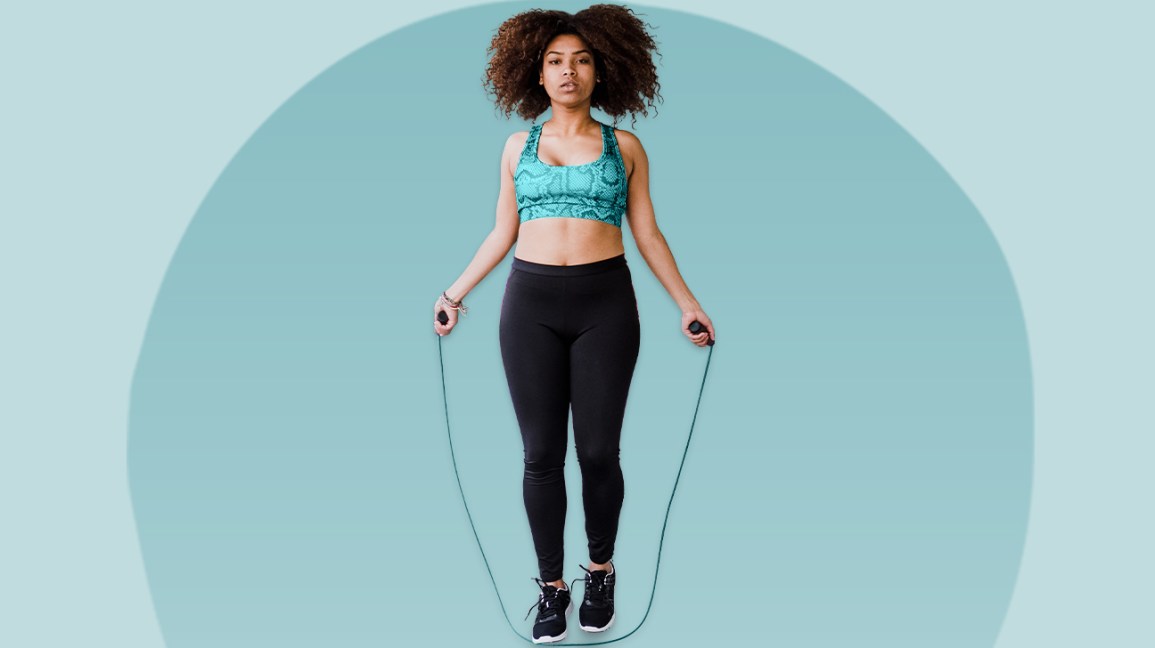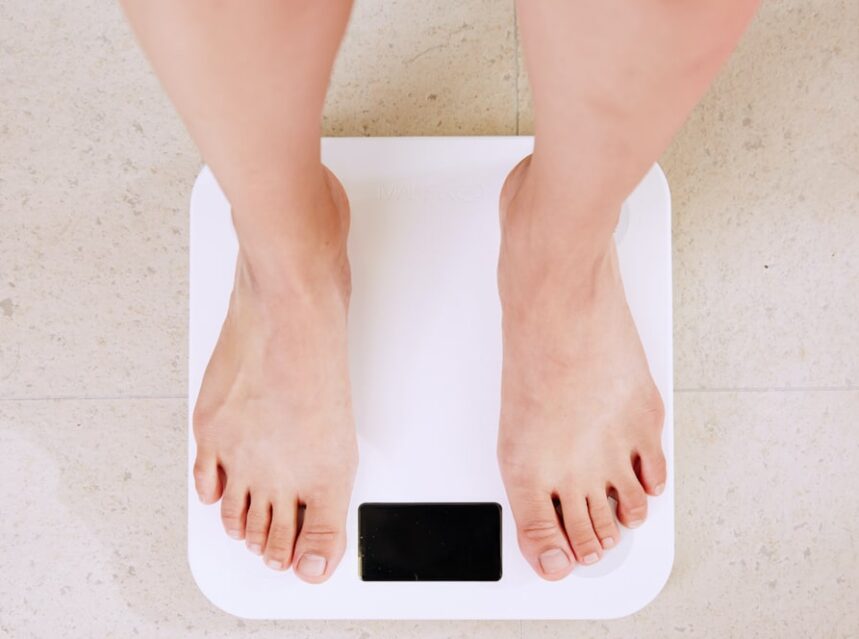
If you're looking for a great low-impact workout that burns 400 to 600 calories an hour, consider taking a spinning class. These classes are a great substitute for strength training and are a great way to lose weight. Several reasons exist for taking a spin class, including the fact that the majority of the workout is spent on moving. Continue reading for more information. You will be ready to book your next spin lesson after reading this article.
A spin class burns 400 to 600 calories an hour
A spin class might be the ideal way to lose weight. Spinning not only improves cardiovascular fitness, but it also burns fat and helps shed weight. Spinning may not be the most effective workout, but it does have many benefits. It can increase your body composition and decrease your body fat. Enjoy the camaraderie and amazing tunes.
You can burn between 300 to 600 calories an hour, depending on what type of spin class is chosen. The harder the class is, the more calories you'll burn. This is particularly helpful if you have trouble staying motivated during a 30-minute class. In order to keep a 30-minute class going, you should start slowly and then increase the intensity. Your spin class will determine the intensity. Generally, you can expect to burn between 400 to 600 calories during a 45-minute class.

It's a low impact workout
A spin class is an excellent way to increase your cardiovascular health without the risk of running. Spin classes are low-impact and can be used by older adults as well as those recovering from orthopedic injuries. You can adjust resistance so you can exercise at a moderate pace and not strain your joints. You may be amazed at the many benefits of spinning. You can give spinning a go to find out if it is for you.
Not only will you get a great cardiovascular workout from spin classes, but you will also benefit from improved circulation. Spin classes can improve mood, stamina and prevent chronic diseases. Not only will you get your daily dose of exercise, but you will also burn several hundred to 600 calories! A spin class can be incorporated into your daily schedule. If you can't find time to bike outside, you can also join a spin class to fit your schedule.
It's a good substitute for strength training
Many people don't realize that they can get a great workout without having to go to a gym. Strength training is a great way of building muscles and reducing the risk of injury. Strength training isn't the only exercise that can build muscles. Many people use it to bulk up. However, if you are not a regular gymgoer, it is best to visit a gym to get started.
Strength training is a tried-and-true recipe for building full-body muscle. It can be intimidating for those just starting out, as there are so many different forms. Traditional strength training is associated with body builders and involves lifting weights. Functional strength training is done with your own weight and small pieces to improve your everyday movements. You can get a full body workout if you do it with multiple muscle groups.

It helps you lose weight
According to the American Sports Commission (ASC), indoor cycling can burn up 600 calories for 45 minutes. Although this is more intense than walking and aerobic exercise, it's important to be aware of your body before you begin an exercise program. Adults should get at least 150 minutes of exercise each week according to the government. You can lose up one pound per calendar month by participating in a spin class that lasts 30 minutes.
Spinning has another benefit: the cardio component of the exercise can strengthen your heart. Spinning is great for losing weight. Personal trainers can make working out more fun. These trainers can give you recommendations on which exercises are best for your body type and fitness level. You'll be able see your results quicker than you imagined and your results will be there sooner than anticipated.
FAQ
Why Exercise is Important for Weight Loss
The human body has incredible capabilities. It was made to move. Our bodies are designed to move, whether we're running, swimming or biking, lifting weights, doing sports, jumping rope, walking or standing still.
Exercise is good for your health and helps you tone your muscles. This helps you feel happier both mentally and physically. Many people have heard the phrase "exercise is important to weight loss." But what does it do?
-
Exercise increases metabolism. Being active can increase your body's ability to use energy. Your heart rate increases, blood flow to your muscles and oxygen is absorbed from your lungs when you move. All these activities use energy. Exercising can help you burn calories because it increases your metabolic rate. Calories refer to how much energy you use during physical activity.
-
Exercise reduces appetite. Exercise can help you lose weight.
-
Strengthening your muscles through exercise is key. Muscle tissue requires more energy to function than fat tissue. To maintain your current weight, you'll need less calories if muscle mass is increased.
-
Exercise releases endorphins. Endorphins are hormones which make you happy. They are released when you exercise. Endorphins have been shown to prevent pain signals from reaching your brain. This results in a feeling of wellbeing.
-
Exercise boosts self-esteem. Exercise regularly leads to higher self-esteem. They live longer, healthier lives.
If you want to lose weight, start with small changes. Consider adding these tips to your daily routine.
Is there any side effect to intermittent fasting?
Intermittent fasting doesn't have any known side effect. However, if you don't plan properly, you might experience some minor issues.
For instance, if breakfast is skipped, you might feel uneasy all day. Headaches, dizziness, fatigue and muscle cramps are all possible.
These symptoms usually resolve within a few weeks.
What is the best exercise for weight loss?
The amount of exercise needed for weight loss depends on several factors, including age, gender, body type, and how much you weigh. Most people need to exercise at least 30 minutes five days a weeks.
The American College of Sports Medicine recommends 150-minutes of moderately intense aerobic activity every week. It should be spread over three separate days.
You can lose 10 pounds by doing 300 minutes of moderate-intensity exercises each week, for example. This includes activities such swimming laps (brisk walking), biking, dancing and playing tennis.
You can start out by doing 20 minutes of intense activity three times a week. It could be sprinting, lifting weights, jumping rope or fast walking.
Aerobic exercise also helps burn calories and build muscle mass. Muscles can burn more calories that fat. Building muscle and losing weight can help you reach your goals faster.
How Much Weight Can You Lose in a Week?
Your current body fat percentage will determine how much weight you can lose. To begin, you need to determine how much weight that you would like to lose. Next, find your BMI (Body Mass Index). Your BMI indicates how much weight we should lose to achieve our goal. If your BMI is 25 or greater, you're overweight. If your BMI is more than 30, you are obese.
Your BMI is calculated at 28.7 if your weight is 200. To get to a healthy weight range, you'd need 70 pounds of weight loss. To see if you're overweight, visit www.healthyminds.com/bmi/.
Once you have your BMI, you are able to use this formula for calculating how many pounds each week you will lose.
(Your Goal Weight - Current Weight)/BMI * 7 Number Of Pounds Lost Per Week
To lose 50lbs in a month you will need 2 weeks worth of exercise. This equals 56 days. Then, divide that by 7 pound per day. That's 8.3 pounds per week.
You could also try this calculator from www.weightlosscalculator.net. It provides an estimate of the number of calories you should consume each day to lose 12 pound per week.
How long should I do Intermittent fasting to lose weight?
The answer may not be as straightforward as you think. For optimal fat loss, you need to take into account many factors. These are:
-
Your age. If you are younger than 40, intermittent fasting might be too difficult because you have less time for recovery after each fast. However, intermittent fasting may be too difficult for older people (over 60) who might not have the energy to continue a long period of daily fasting.
-
Your current body composition. Longer periods of fasting are more beneficial if you have a lot muscle mass. For those with less muscle mass, however, you may be able to benefit from shorter fasting times.
-
How physically active. Exercise regularly and you may need to extend the fasting window in order to get enough sleep between workouts.
-
Your past medical history. Patients with certain medical conditions, such as heart disease, diabetes, or cancer, may need additional fasting monitoring.
-
How well do you tolerate stress? Stressful situations often cause us to eat more. You may need to extend your fasting times in order to avoid this problem.
-
The type of diet you follow. Certain diets, like ketogenic diets, may require even longer fasting periods.
-
Your sleep quality. The quality of your sleep is also a factor in increased appetite and decreased metabolism. It could take some experimentation to discover the best method for you.
-
The amount you eat of protein. Protein stabilizes blood sugar levels. Therefore, eating more protein could result in lower insulin levels. This will allow you to fast longer.
-
Whether you're trying to gain or lose weight, people who are trying to gain weight usually require longer fasting periods than those who are trying to lose weight.
-
How many calories do you consume in your fasting windows? Fasting for fewer calories per days may lead to greater fat loss than fasting with more calories.
-
Your overall fitness. The metabolic rate of fast people who are fit is higher, which means they burn more calories each day.
-
Your gender. Men are more hungry than women so they may have to fast for longer periods. Women may only fast for 20-30 mins each morning because they have a smaller appetite.
-
Your lifestyle. Are you someone who does a lot of exercise? Do you exercise multiple times a week or do you just go to the gym? Does your job involve sitting at a desk all day long? These factors could affect how much you should fast.
-
What amount do you spend on food each month? Eating healthy foods doesn't necessarily mean spending much money on groceries. You can save money by buying whole grains instead of white bread, fruits instead of candy bars, and lean meats instead of fatty cuts.
-
You need to be able to control your hunger. You don't have to skip meals if you don’t want to.
How can busy people lose weight
Losing weight is as easy as eating less and working out more.
You'll gain weight if you eat too many calories. You will also gain weight if your exercise is not enough. These two simple habits can help you start losing weight.
Is intermittent fasting affecting my sleep quality?
Intermittent fasting is a good thing for your sleep. You may notice an increase in hunger hormones if you skip meals. You may wake up more often at night because of this.
Experts recommend skipping breakfast. Instead, they suggest having a light snack before bedtime.
If you're still hungry after this snack you can have a small meal right before going to sleep.
But remember not to overeat. You will end up gaining weight rather than losing it.
Statistics
- According to Harvard Health, it's estimated that a 155-pound (70-kg) person burns roughly 112 calories per 30 minutes of weight training (5). (healthline.com)
- According to Harvard Health, it's estimated that a 155-pound (70-kg) person burns around 167 calories per 30 minutes of walking at a moderate pace of 4 mph (6.4 km/h) (5). (healthline.com)
- A 12-week study in 20 women with obesity found that walking for 50–70 minutes 3 times per week reduced body fat and waist circumference by an average of 1.5% and 1.1 inches (2.8 cm), respectively (healthline.com)
- According to a study sponsored by the American Council on Exercise, a person weighing around 140 pounds (64 kg) would burn 108 calories at a 30-minute beginner's Pilates class or 168 calories at an advanced class of the same duration (26). (healthline.com)
External Links
How To
How to lose weight quickly and without doing any exercise
To lose weight quickly, eat fewer calories that you burn. This will cause your body to start burning fat stores for energy. If you do not consume enough calories, your body will begin to break down muscle tissue to use for energy, which means you'll see some muscle loss. You can still lose weight if you don't work out while dieting, but you'll probably lose even more muscle mass.
To lose weight quickly and without exercising, you need to cut down on your calorie intake. While many people believe they need to cut back on their food intake, it is not the truth. If you are looking to lose weight, it is important to consume fewer calories per day than you burn. How much should you consume each day? It depends on what kind of activity you engage in daily. A person who walks 3 miles a day would need only 2,500 calories per day. For someone who sits at their desk all day, they would need approximately 1,600 calories per days. A person who exercises frequently (like lifting weights), would only need about 1,600 calories per day.
You should reduce your caloric intake if you want to lose excess weight. Many people think that they should eat less food because they feel like they're starving themselves. However, this is false. Your body doesn't care whether you're hungry or not; it just wants to function properly. In order to lose extra weight, it is essential that you keep track of how many calories you consume. Many online apps allow you to track your calorie intake. Some of these apps include MyFitnessPal, Calorie Counter, and LoseIt!